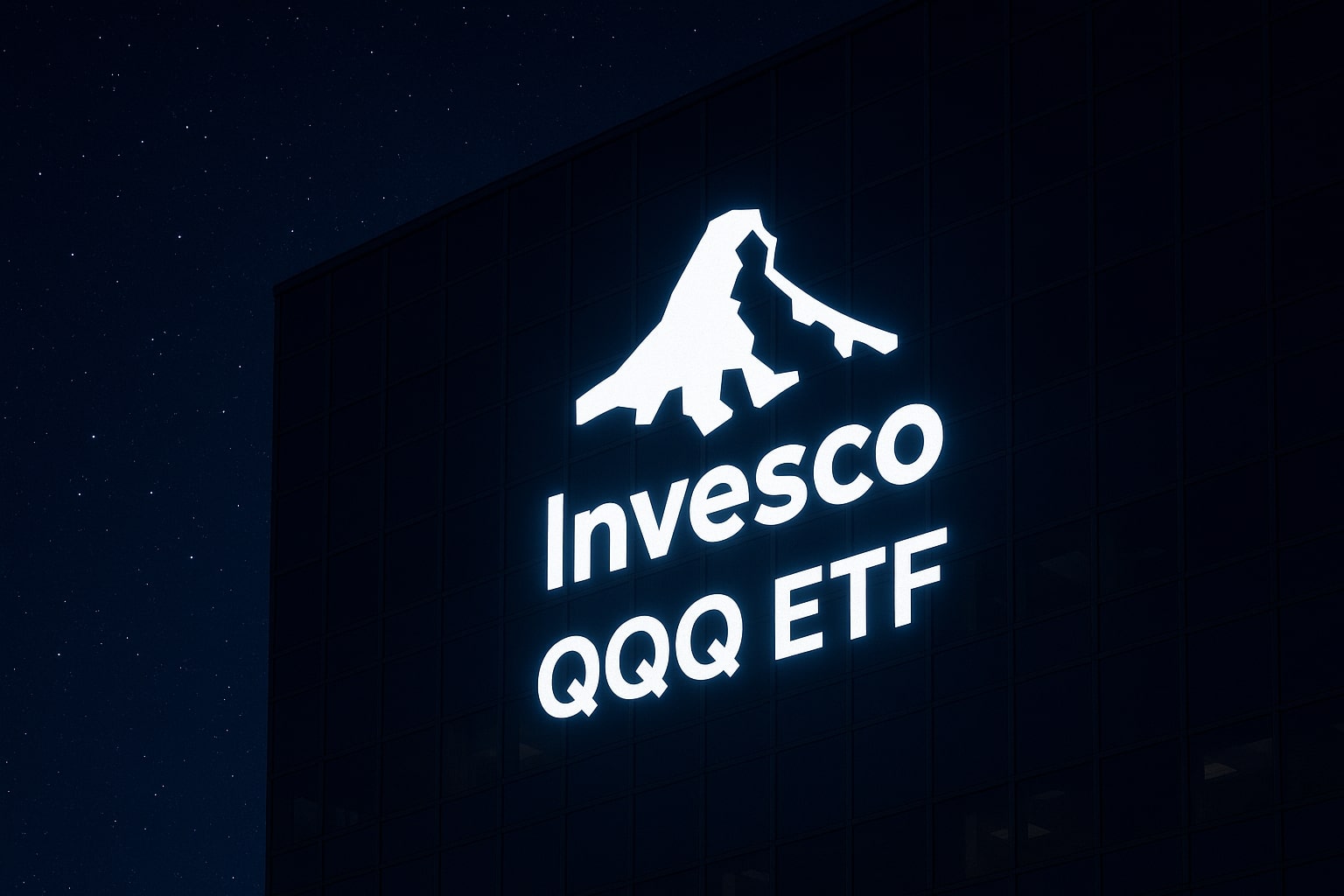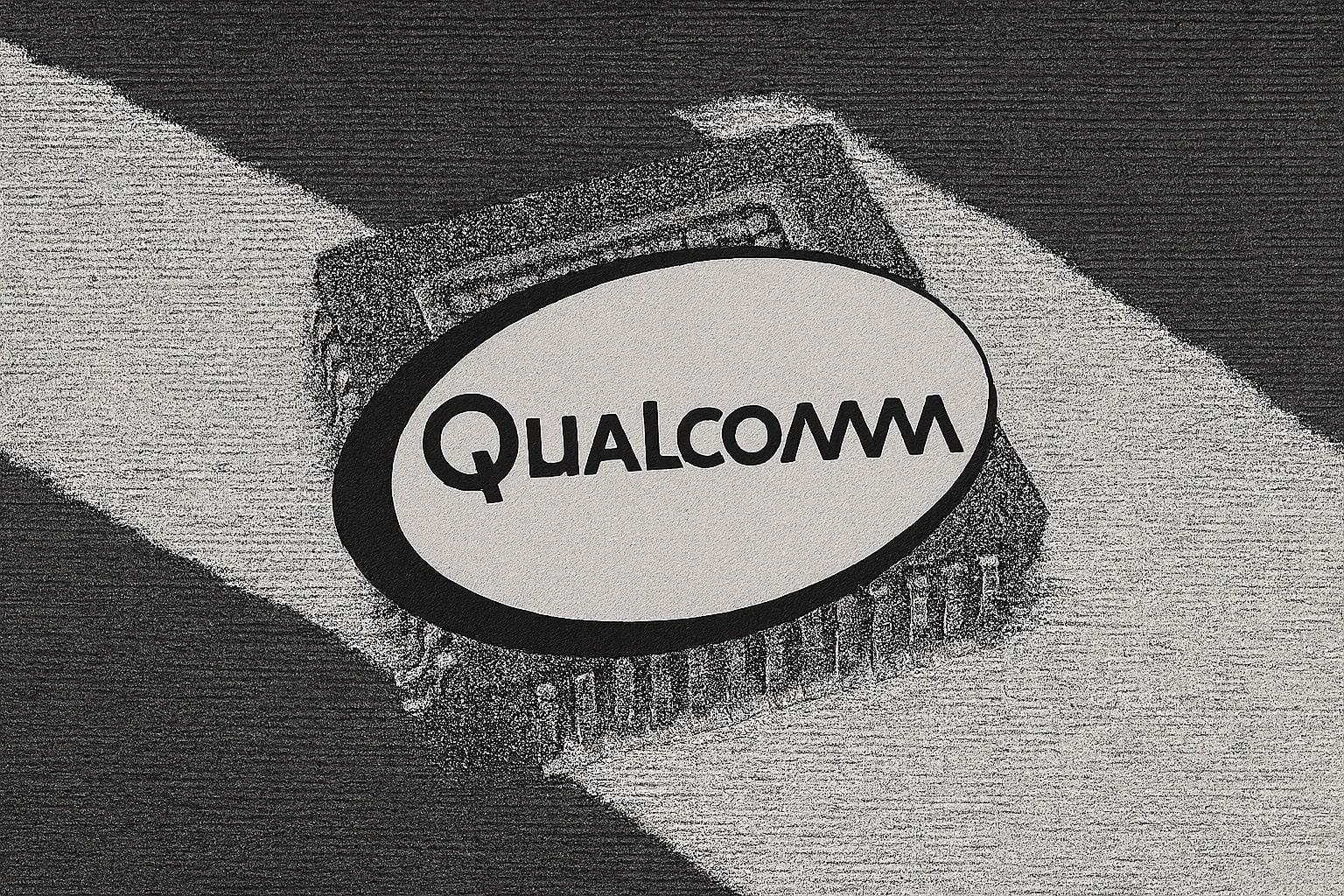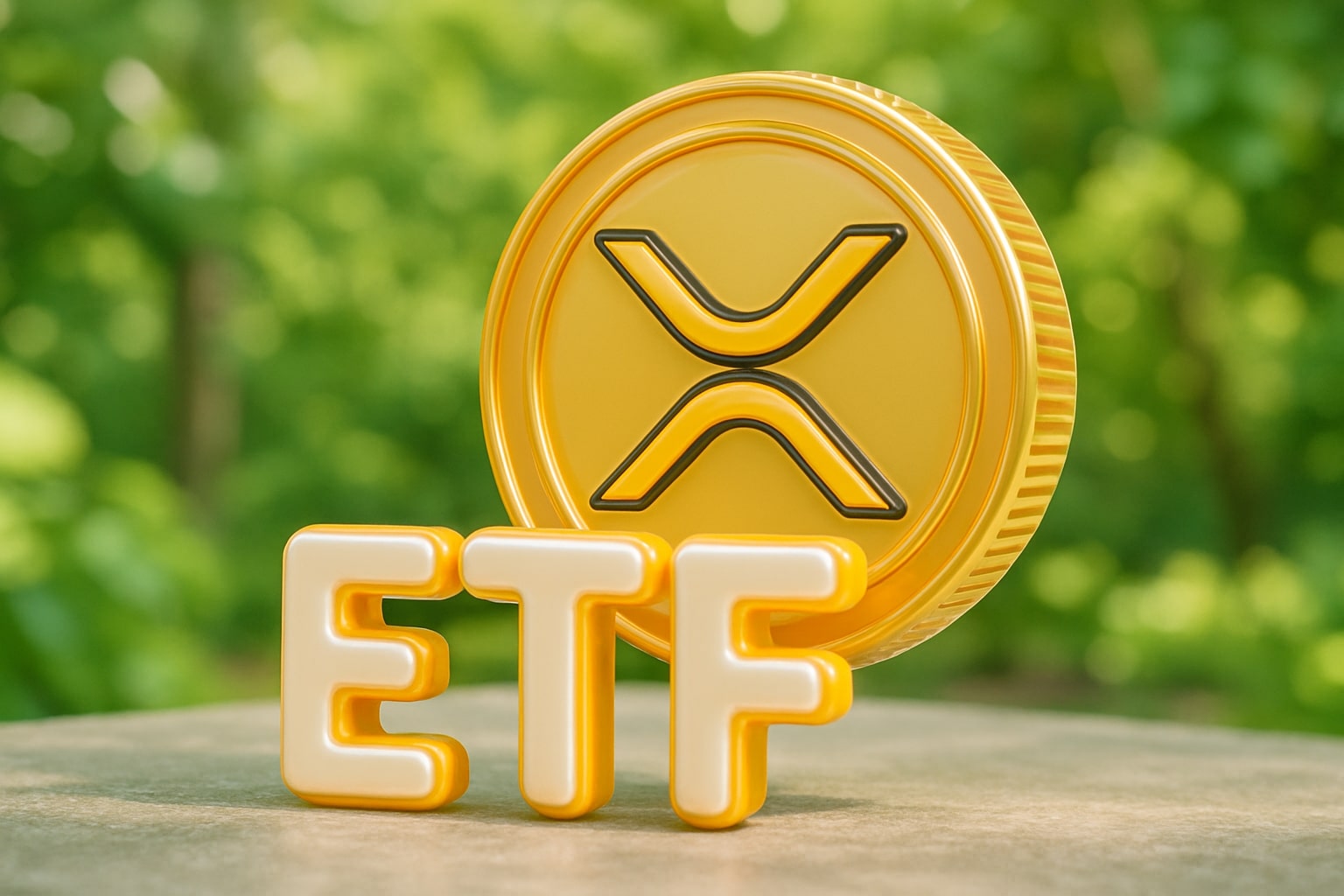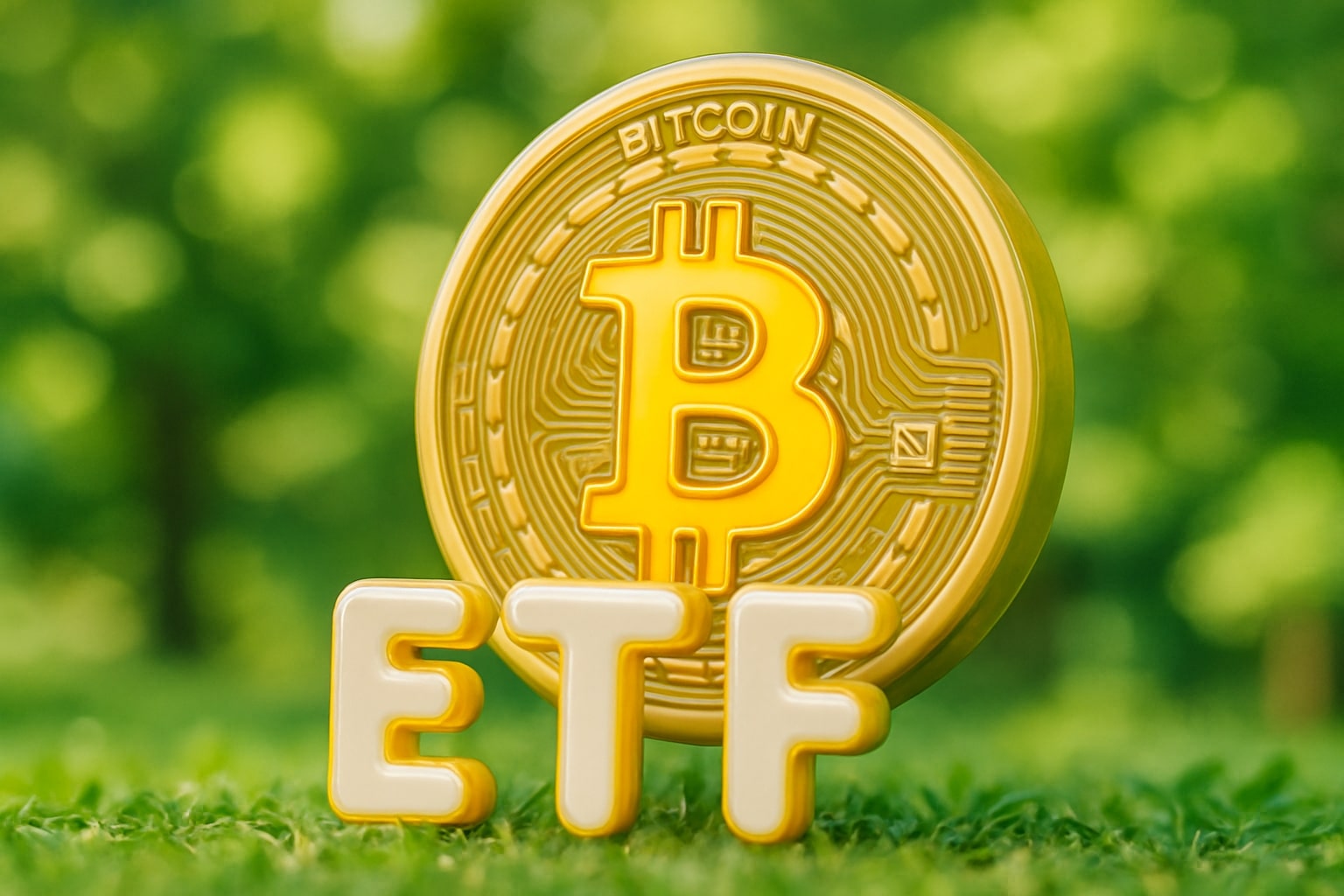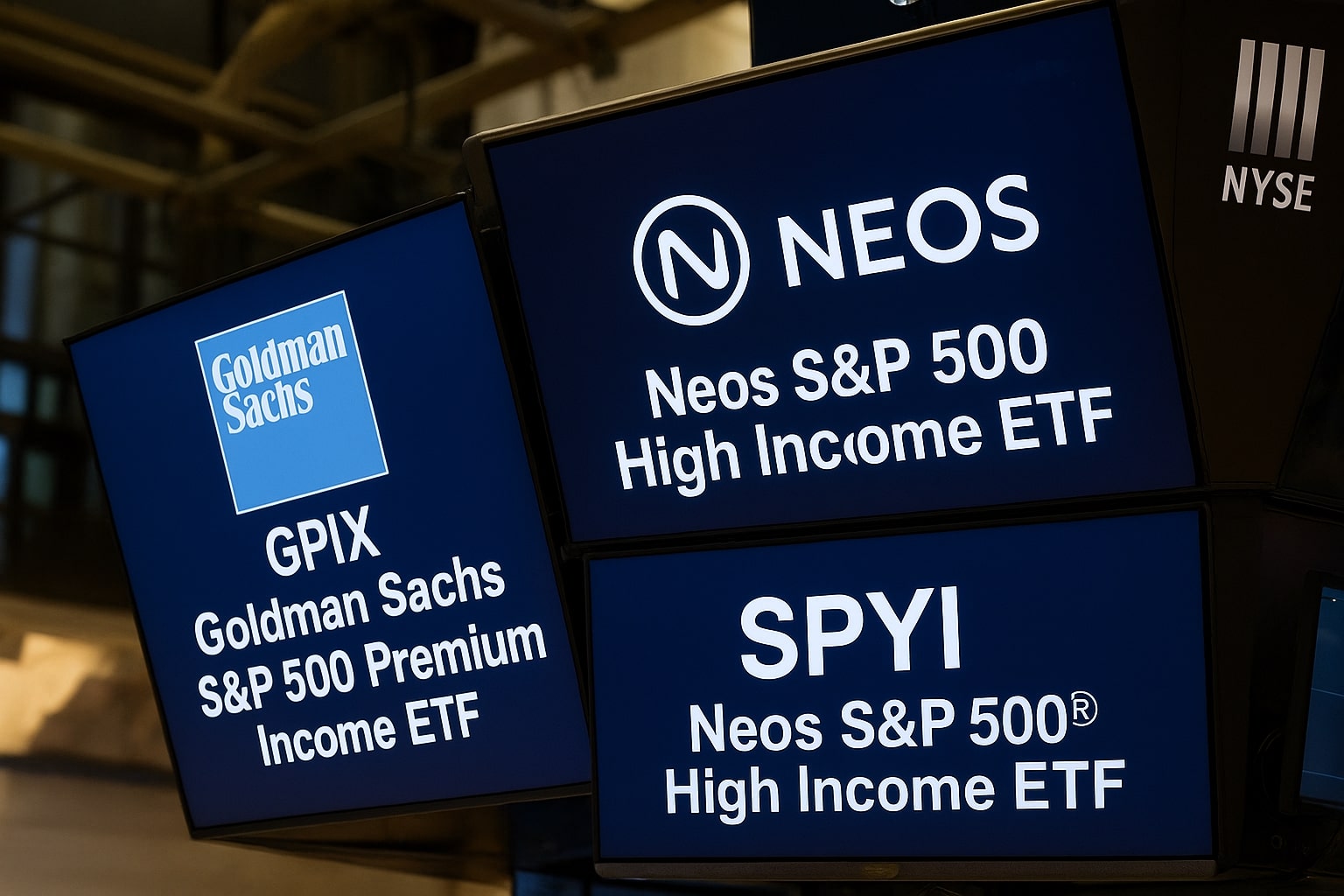
GPIX ETF vs SPYI ETF: Yield Clash as $52 ETFs Compete for S&P 500 Income Leadership
Goldman Sachs’ GPIX delivers 8.11% yield with balanced upside, while Neos’ SPYI pushes a tax-efficient 11.89%, sparking a battle over income versus growth in 2025 | That's TradingNEWS
GPIX vs SPYI: Income ETFs at the Center of the S&P 500 Covered Call Market
The competition between Goldman Sachs S&P 500 Premium Income ETF (NYSEARCA:GPIX) and Neos S&P 500 High Income ETF (NYSEARCA:SPYI) has become one of the most watched stories in the income ETF arena in 2025. Both funds now trade almost neck and neck in price, with GPIX at $52.03 and SPYI at $52.41, but their mechanics, yield levels, and performance patterns set them apart. The battle is between Goldman’s more conservative covered call approach and Neos’ aggressive income-driven strategy, and investors are weighing yield against long-term growth capture.
SPYI’s Yield Advantage and Aggressive Income Play
SPYI has become a standout income product thanks to its 11.89% forward yield, generated from its monthly payout of around $0.52 per share. Year-to-date, the ETF has delivered a 12.46% total return, making it one of the highest-returning covered call strategies on the market. The structure of SPYI’s option writing is designed to maximize premium income by staying closer to the money with shorter-dated expiries, creating high and consistent cash flow. However, the tradeoff is visible during strong bull legs, as gains are capped and upside lag can emerge compared to the S&P 500’s raw performance. Investors attracted to SPYI are primarily those seeking monthly distributions above double digits, which also benefit from tax-efficient return-of-capital classification, enhancing after-tax returns for taxable portfolios.
GPIX Offers Balance With 8.11% Yield and Growth Participation
Goldman Sachs launched GPIX with the goal of balancing income and equity growth. The fund’s current distribution of about $0.35 per share per month results in a 8.11% yield, lower than SPYI but built to allow greater participation in the market’s upside. In 2025, GPIX has still managed to generate a 12.2% year-to-date total return, nearly matching SPYI while offering a smoother growth profile. The Goldman strategy leans toward writing longer-dated, further out-of-the-money options, which capture less premium upfront but protect equity upside in periods when the S&P 500 is led higher by technology and AI-driven momentum. For investors seeking stability and who don’t want to give up too much long-term appreciation, GPIX positions itself as a middle-ground ETF.
Performance, AUM, and Market Adoption
SPYI has been able to gather momentum with over $1.5 billion in assets under management, helped by the magnetism of its nearly 12% yield. GPIX, still smaller in size, has been catching up but benefits from Goldman Sachs’ reputation as an institutional name with broad distribution channels. Both funds are trading near the $52 range, but their investor bases differ: SPYI attracts those who want aggressive monthly income regardless of equity capture, while GPIX appeals to those balancing income needs with an eye on keeping up with bull markets.
Sector Allocation and Option Overlay Impact
Since both are tied to the S&P 500, sector allocations remain heavy toward technology at roughly 28–30%, with healthcare, consumer discretionary, and financials making up the next largest weights. The distinction is not in the holdings but in the option overlays. SPYI’s near-the-money positioning tends to mute tech-driven rallies, whereas GPIX’s further-out option writing allows investors to benefit more when companies like Nvidia, Apple, and Microsoft extend market highs. In a year when AI-related stocks are the primary drivers of index performance, this distinction could have meaningful effects on long-term results.
Read More
-
QQQ ETF at $614 After a 123% Surge: AI, Rates and 2026 Targets In One Trade
12.12.2025 · TradingNEWS ArchiveStocks
-
XRP ETF Surge: XRPI $11.71 and XRPR $16.55 Track XRP’s $2 Floor and $1B Inflows
12.12.2025 · TradingNEWS ArchiveCrypto
-
Natural Gas Price Forecast: NG=F Clings to $4.12 Support After Weather Shock
12.12.2025 · TradingNEWS ArchiveCommodities
-
USD/JPY Price Forecast – Dollar to Yen Back at 156 as Fed Cut and BoJ Liftoff Collide
12.12.2025 · TradingNEWS ArchiveForex
Valuation, Yield Gap, and Risk Trade-Offs
The comparison highlights a clear income trade-off. SPYI offers an 11.89% yield, which is almost 400 basis points higher than GPIX’s 8.11%, but the price of that yield is capped upside and stronger correlation with sideways markets. GPIX, on the other hand, provides a more modest cash flow but aligns more closely with the index’s appreciation potential. The key decision for investors is whether current market conditions — with the S&P 500 testing new highs above 5,400 — justify locking in maximum income or balancing income with growth capture.
Final View: SPYI as a Buy for Yield, GPIX as a Hold for Balance
With SPYI trading at $52.41 and delivering one of the highest yields in the covered call ETF space, the fund remains highly attractive for income-focused investors seeking tax-efficient, monthly distributions above 11%. GPIX, priced at $52.03 with an 8.11% yield, offers a more conservative approach and smoother equity participation, making it appropriate for investors who prefer stability. On a relative basis, I would rate SPYI as a Buy given the demand for double-digit income in today’s market, while keeping GPIX as a Hold, as its balance of yield and growth is better suited for cautious investors rather than those seeking maximum payout.














